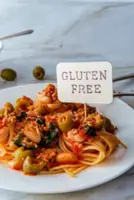Research by the United States government shows that the growth response for crops like broccoli falls to zero when temperatures reach 25°C. — PIXABAY/Pexels
The summer weather in Europe this year is likely to result in more records, but not ones which are particularly desirable.
Heat





